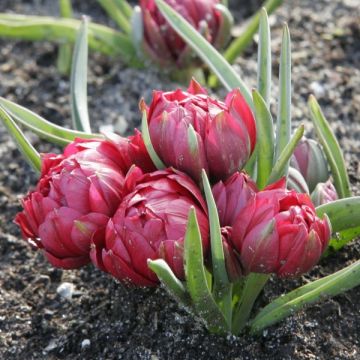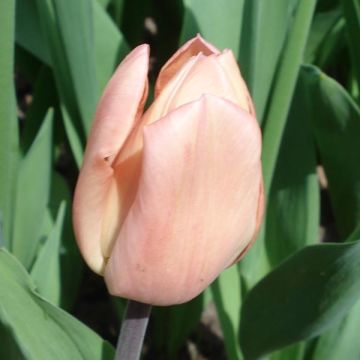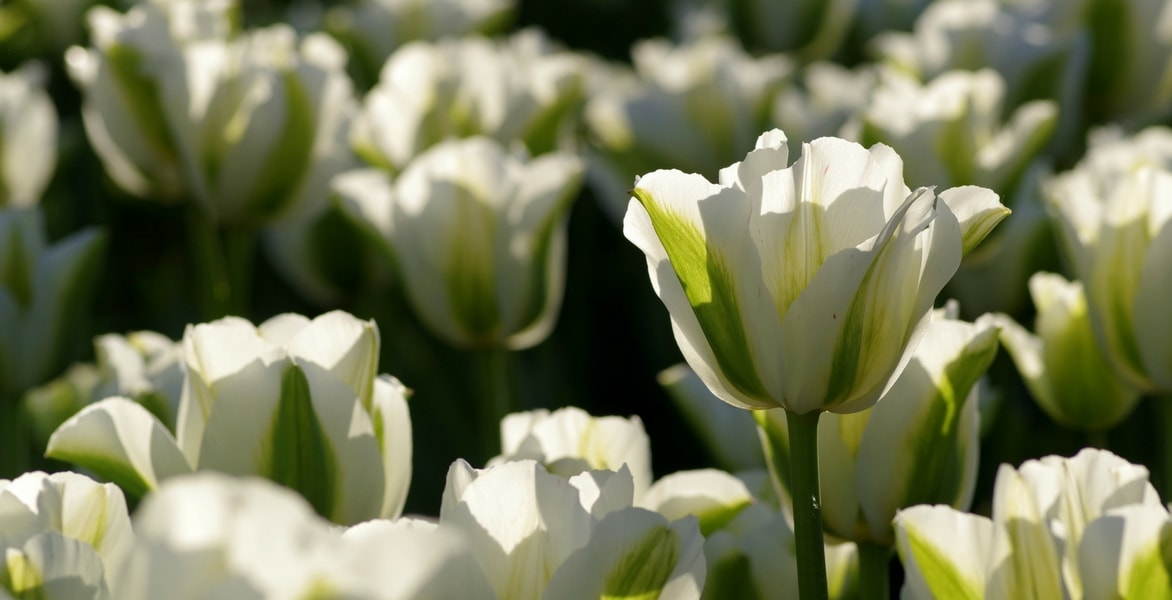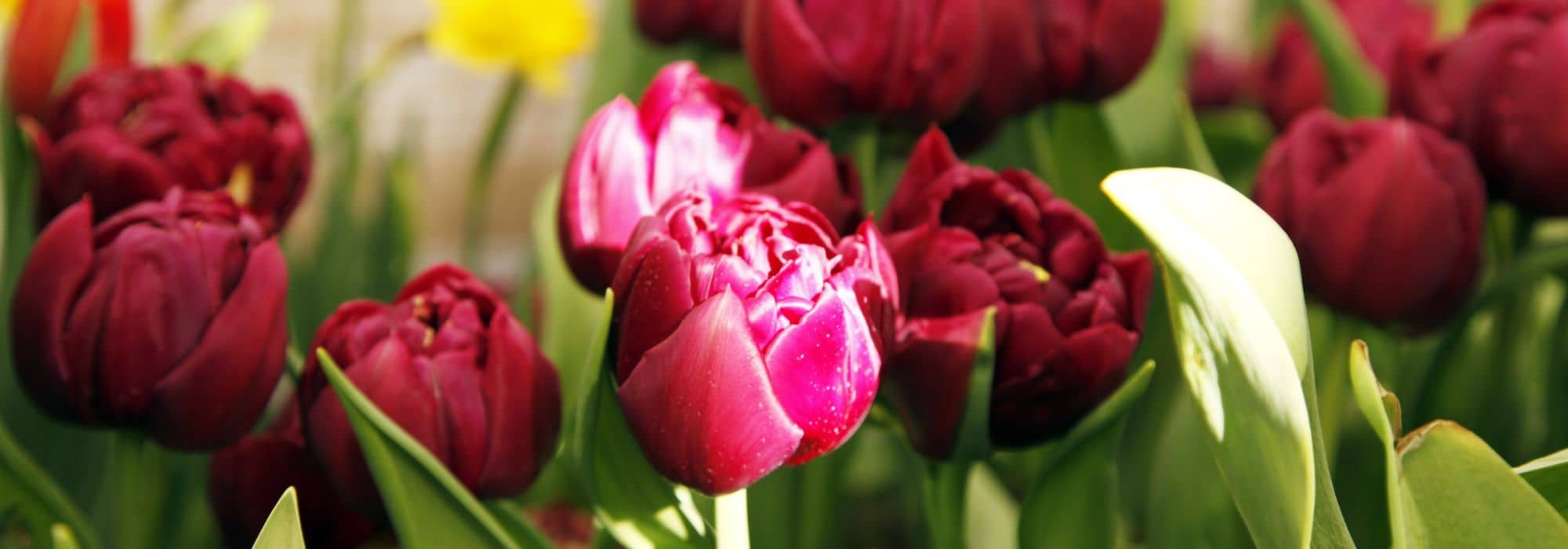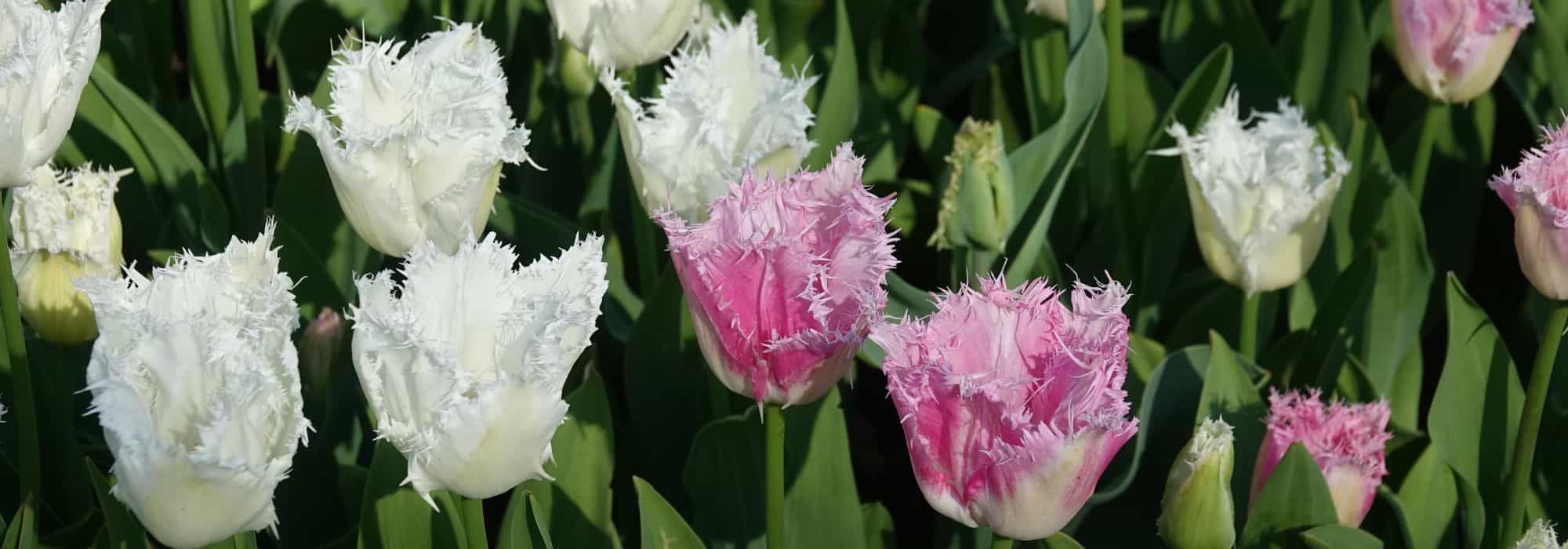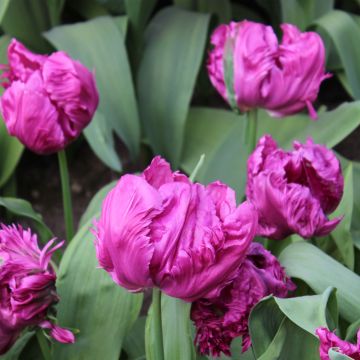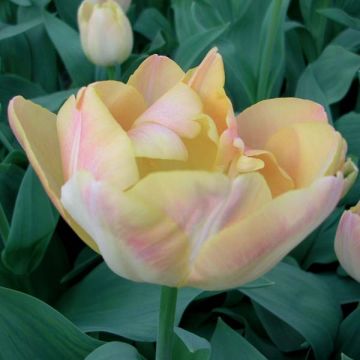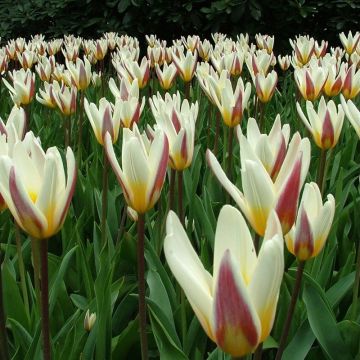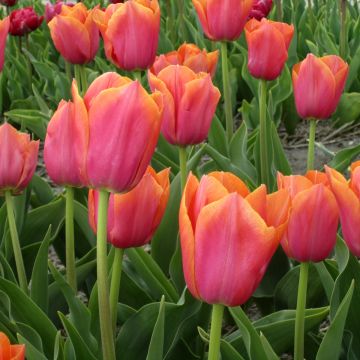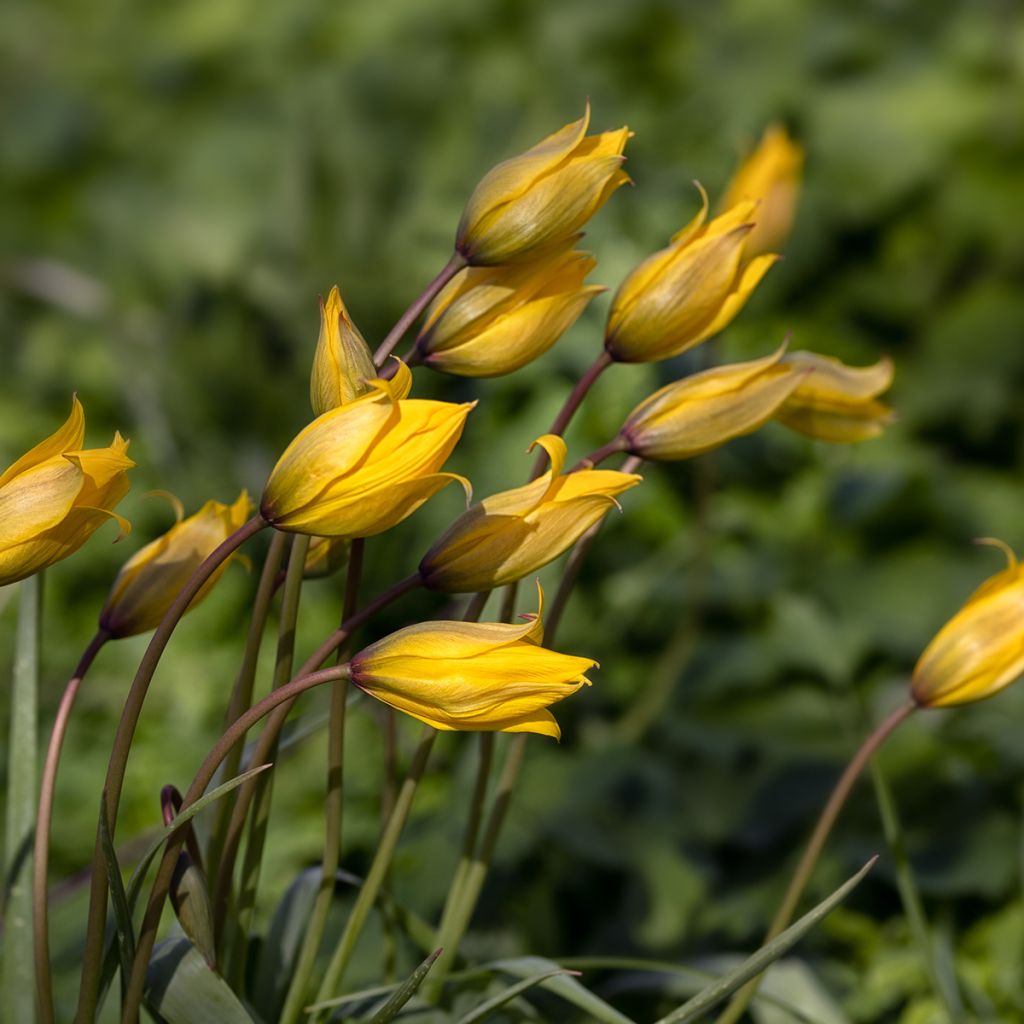

Tulipa sylvestris - Botanical Tulip
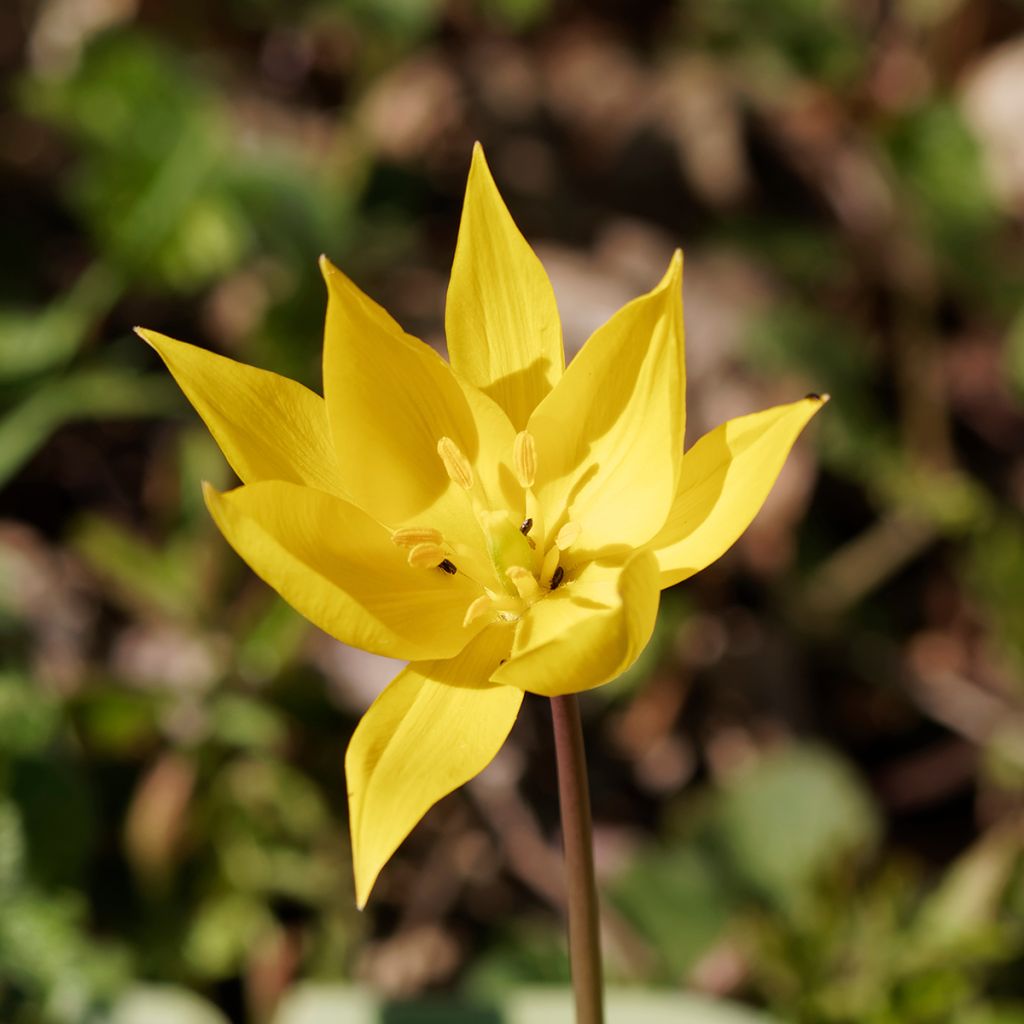

Tulipa sylvestris - Botanical Tulip
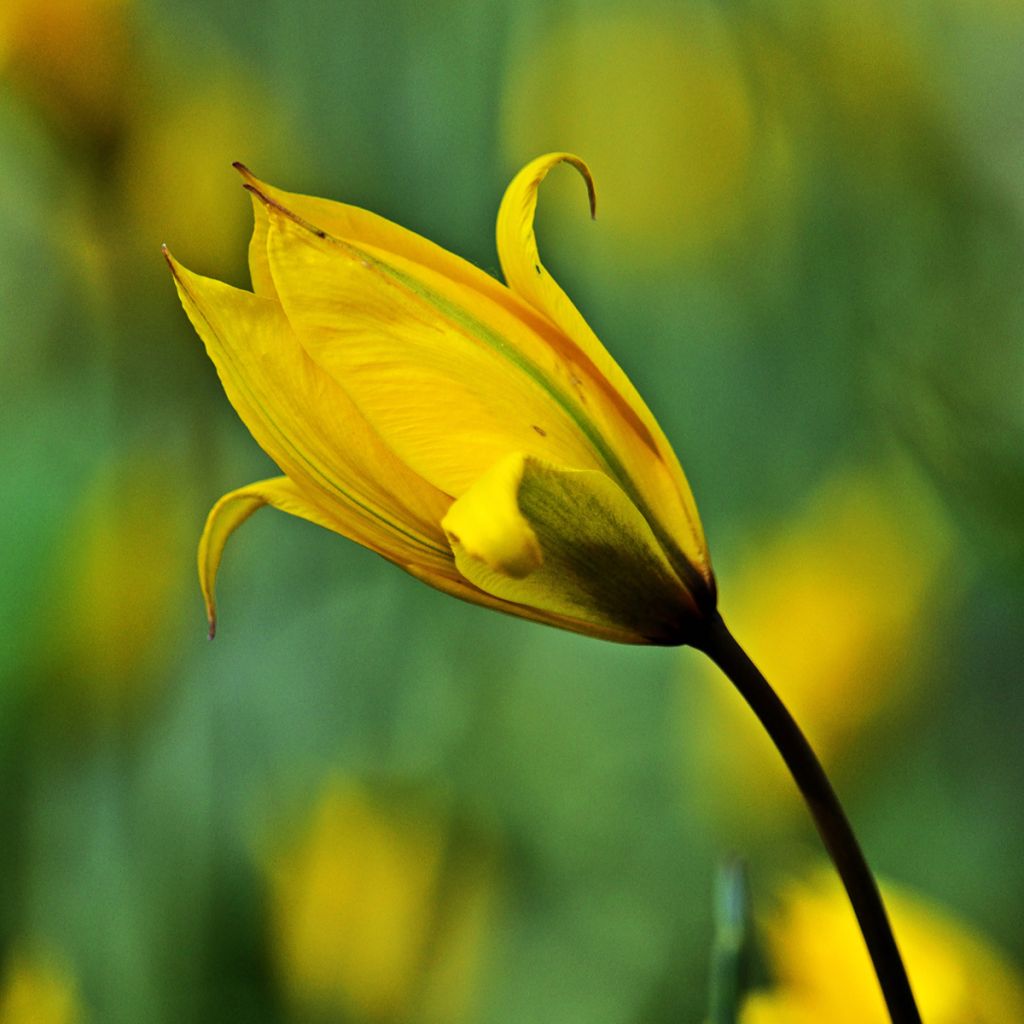

Tulipa sylvestris - Botanical Tulip
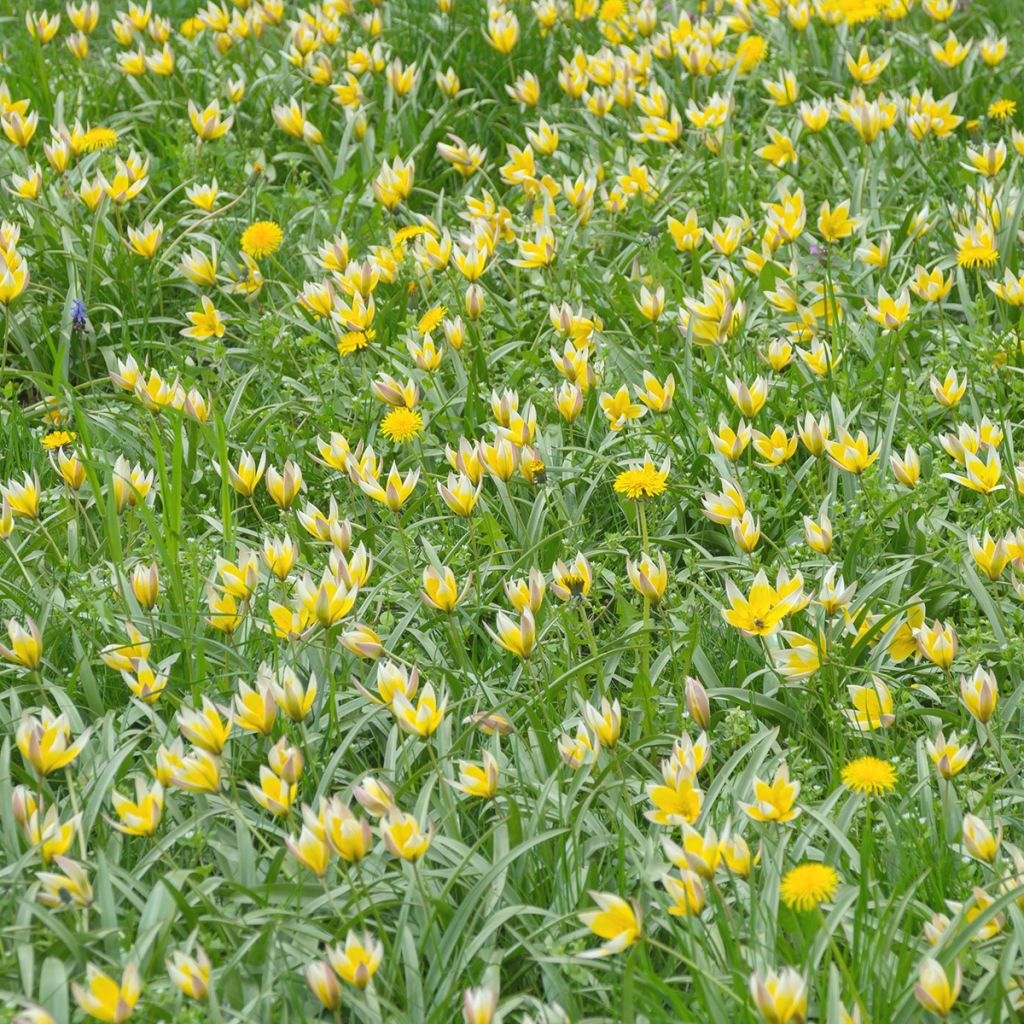

Tulipa sylvestris - Botanical Tulip
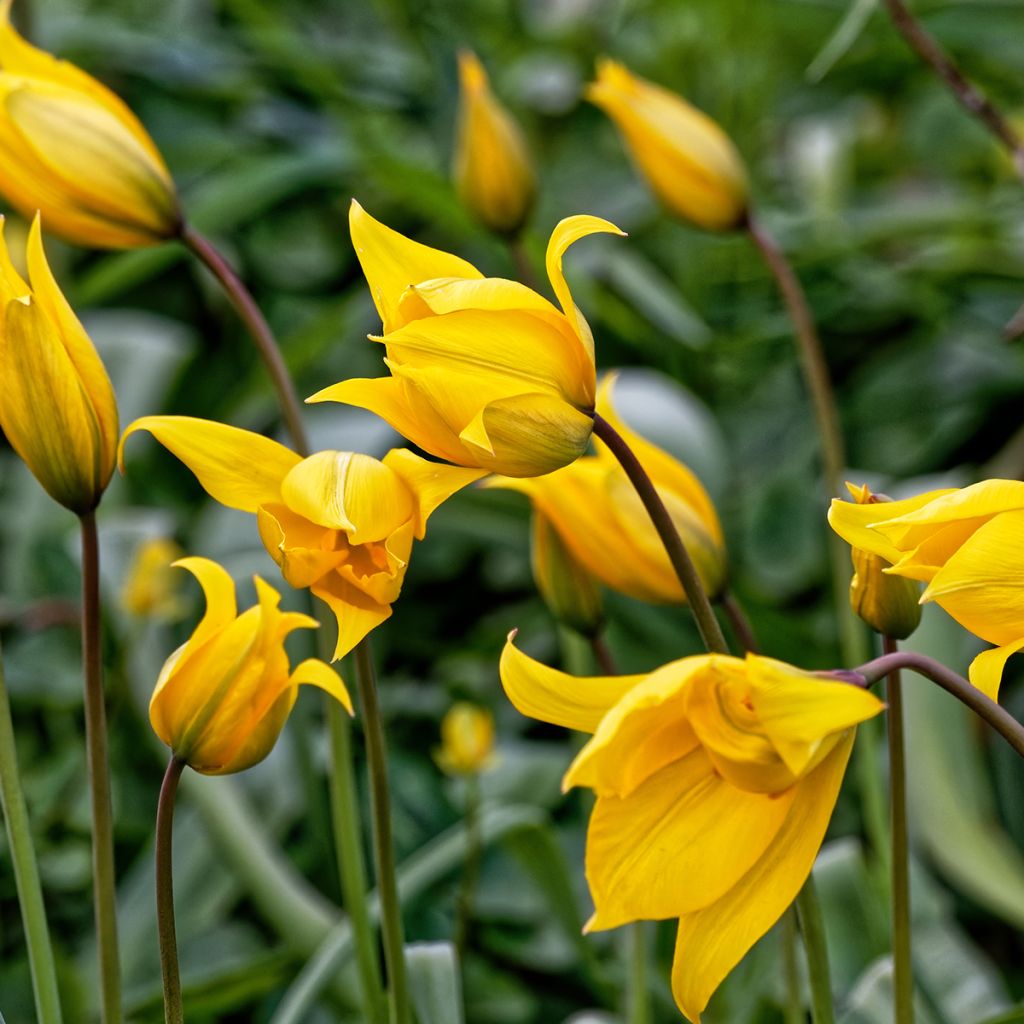

Tulipa sylvestris - Botanical Tulip
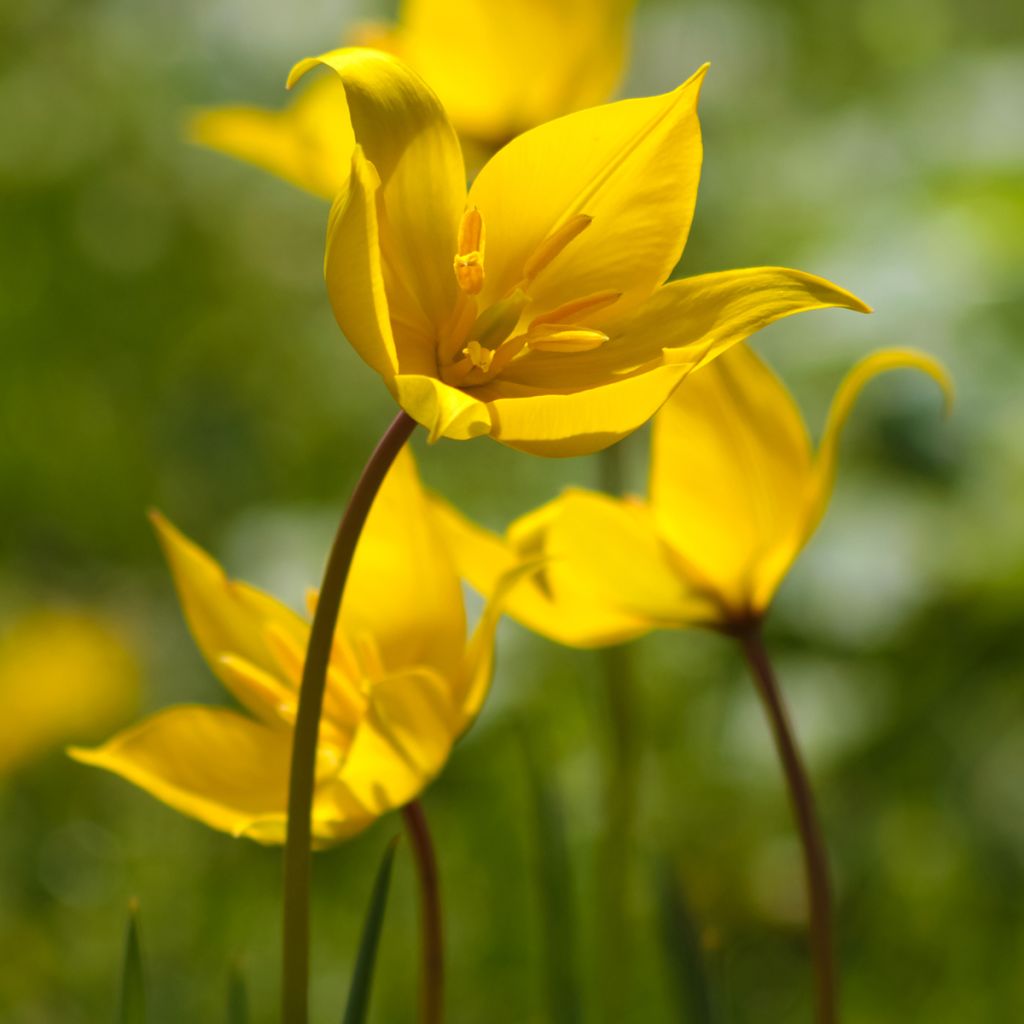

Tulipa sylvestris - Botanical Tulip
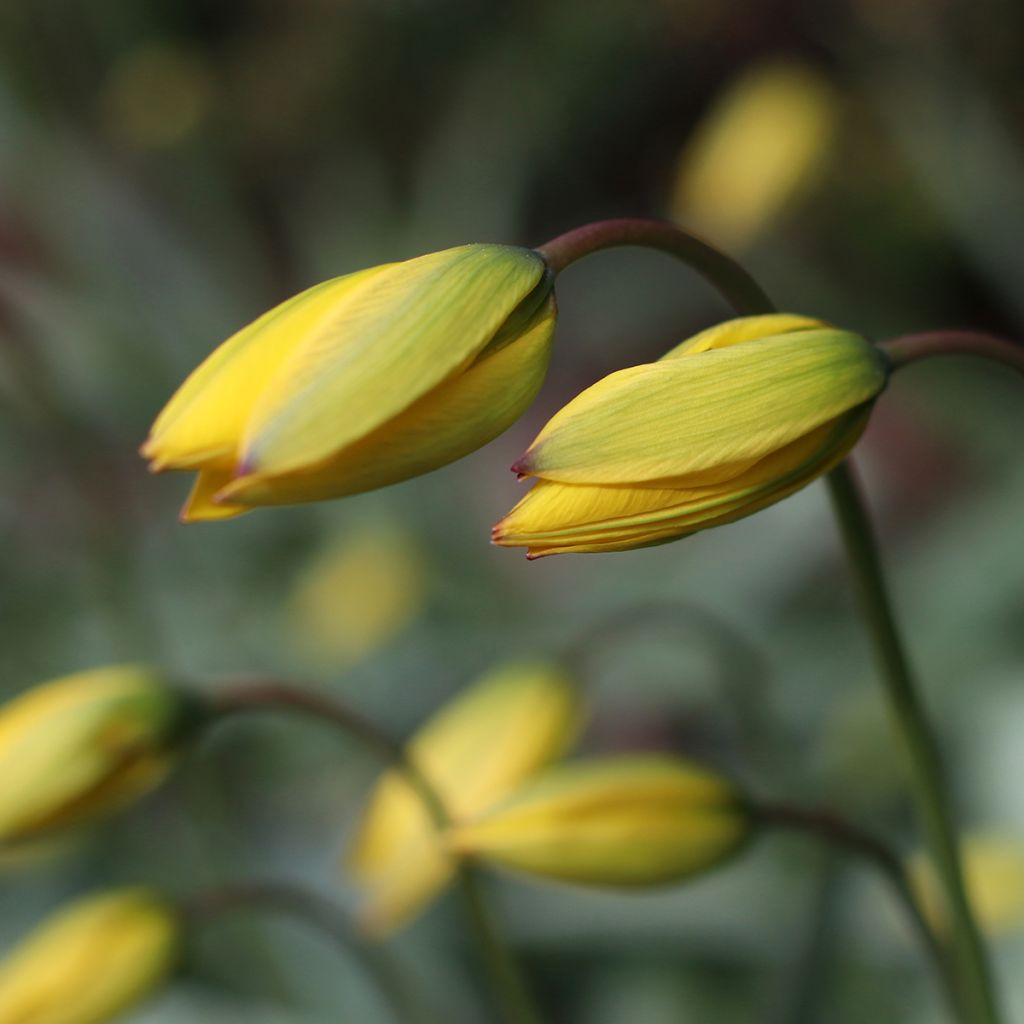

Tulipa sylvestris - Botanical Tulip
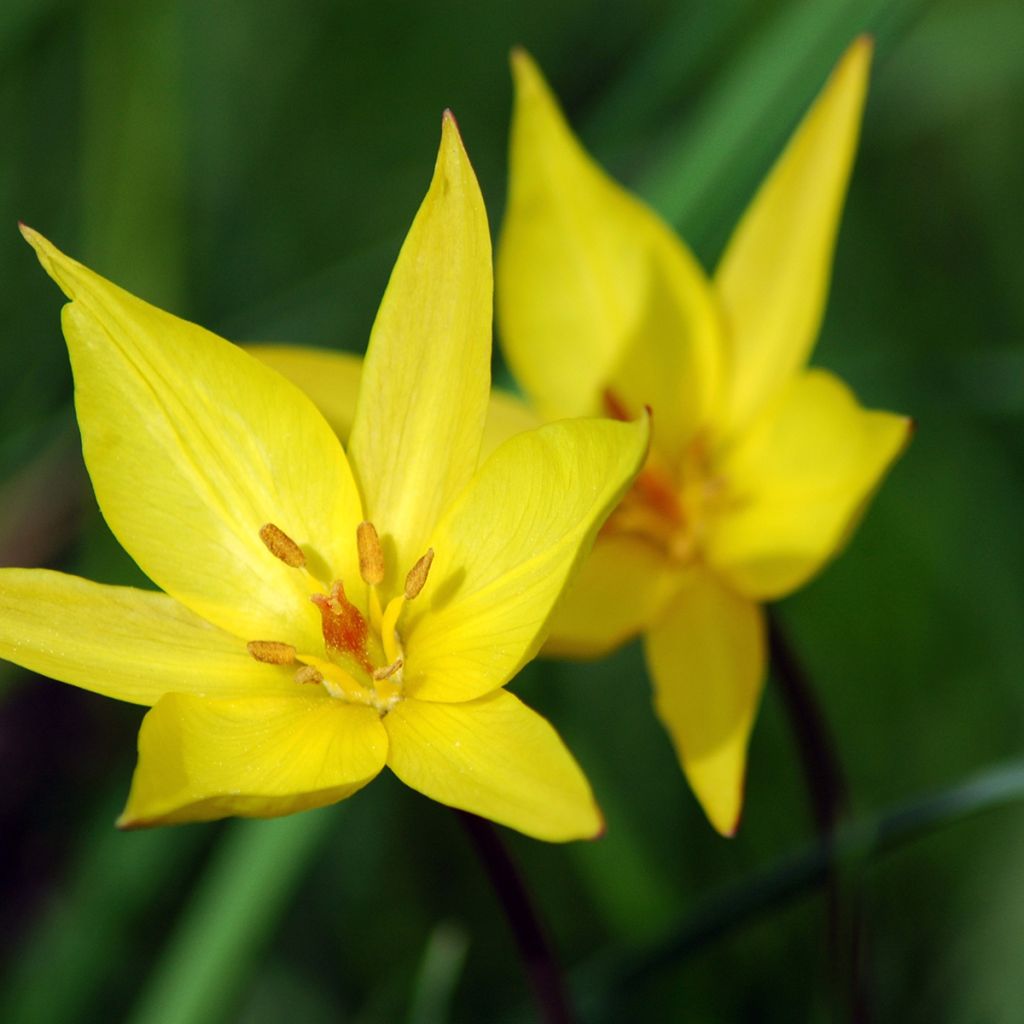

Tulipa sylvestris - Botanical Tulip
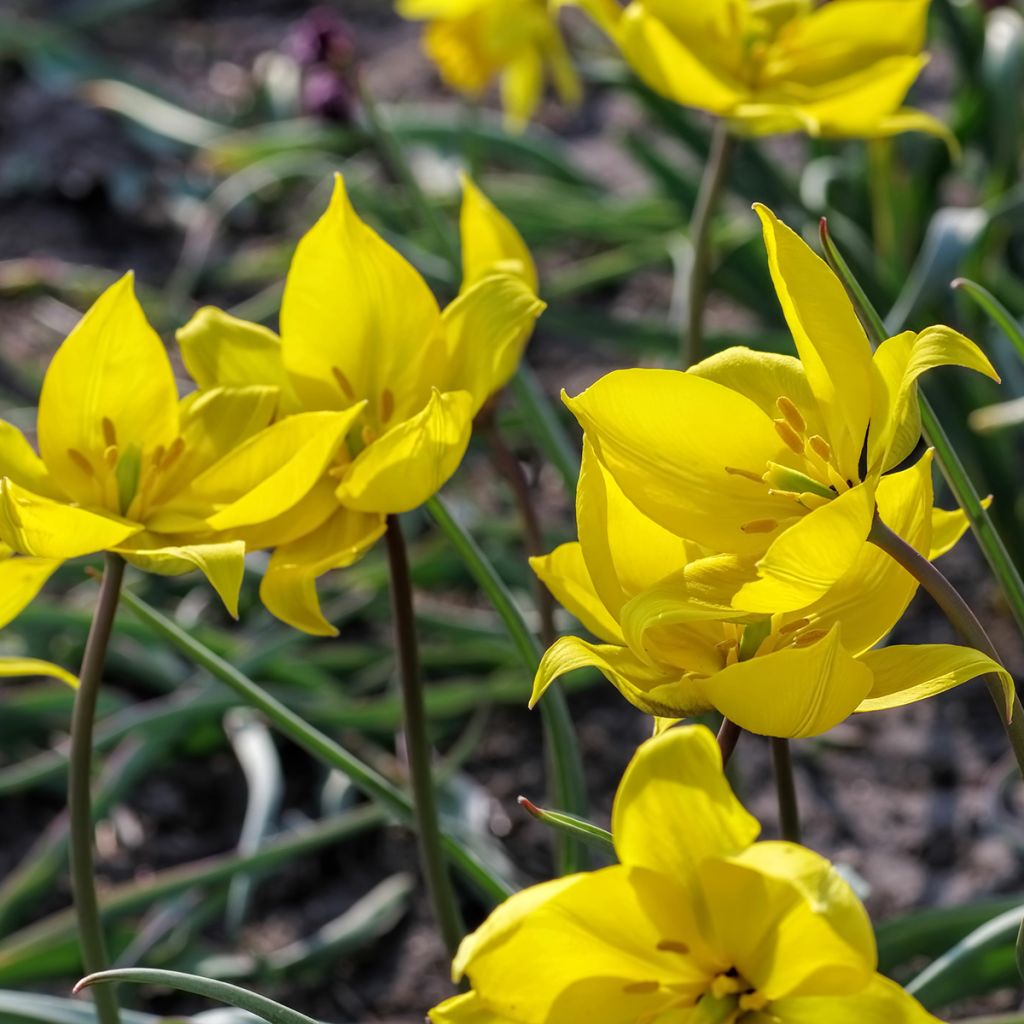

Tulipa sylvestris - Botanical Tulip
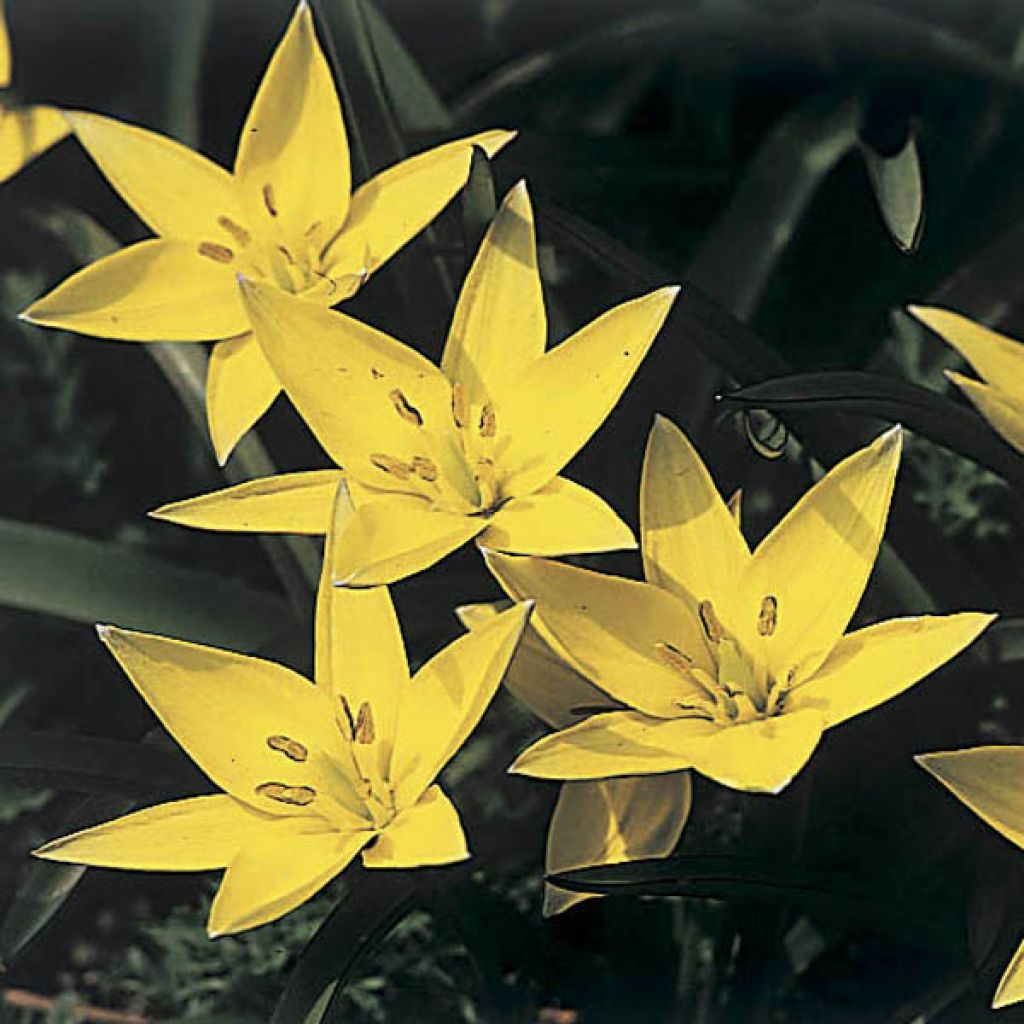

Tulipa sylvestris - Botanical Tulip
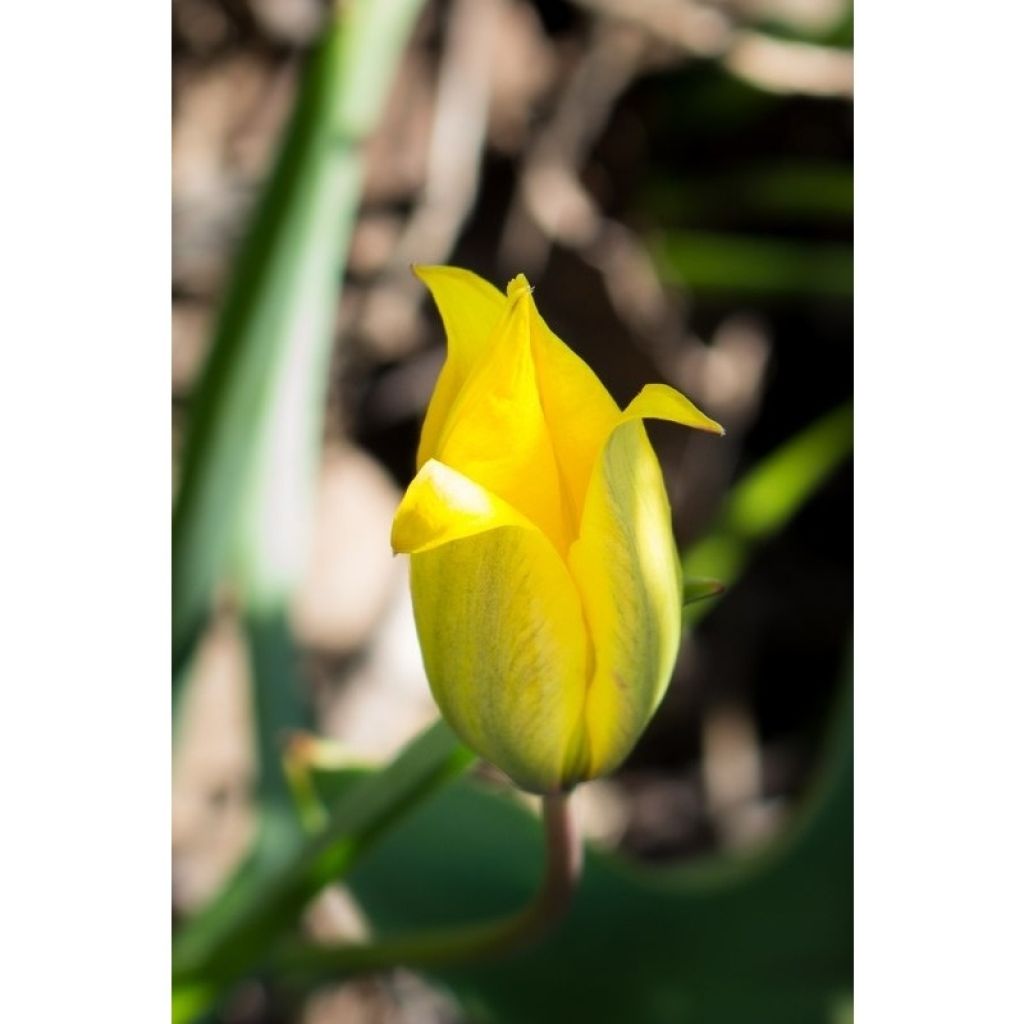

Tulipa sylvestris - Botanical Tulip
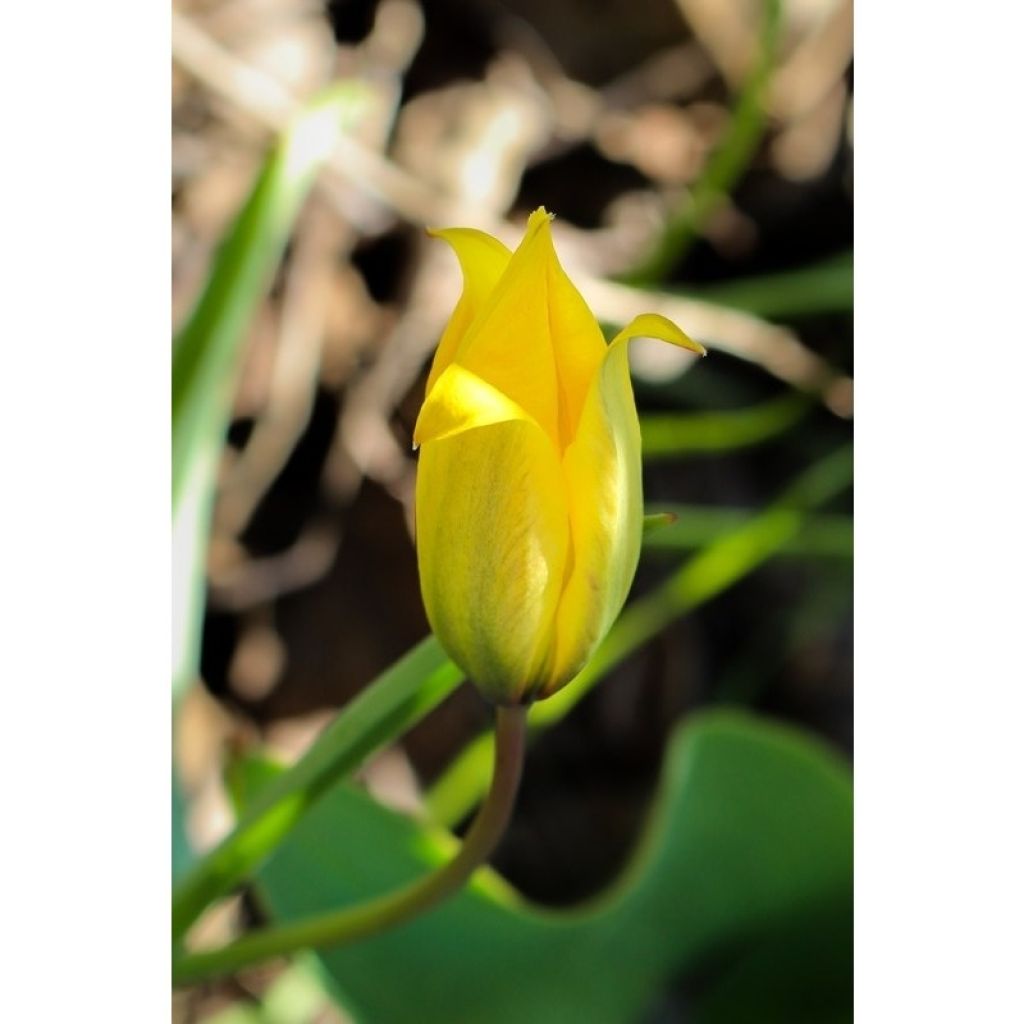

Tulipa sylvestris - Botanical Tulip
Tulipa sylvestris - Botanical Tulip
Tulipa sylvestris
Wild Tulip
Not all of them have bloomed, but the ones that have are vibrant and long-lasting, even if they are a bit droopy on their stems.
Béatrice, 28/08/2023
Special offer!
Receive a €20 voucher for any order over €90 (excluding delivery costs, credit notes, and plastic-free options)!
1- Add your favorite plants to your cart.
2- Once you have reached €90, confirm your order (you can even choose the delivery date!).
3- As soon as your order is shipped, you will receive an email containing your voucher code, valid for 3 months (90 days).
Your voucher is unique and can only be used once, for any order with a minimum value of €20, excluding delivery costs.
Can be combined with other current offers, non-divisible and non-refundable.
Why not try an alternative variety in stock?
View all →This plant carries a 6 months recovery warranty
More information
We guarantee the quality of our plants for a full growing cycle, and will replace at our expense any plant that fails to recover under normal climatic and planting conditions.
Does this plant fit my garden?
Set up your Plantfit profile →
Description
The Tulipa sylvestris, also known as the Wood Tulip, is a European botanical species that is very charming: it offers elegant perfumed corollas with pointed petals of a bright yellow, doubled with green, which blend perfectly with all other small spring bulbs. It is a prolific and easy plant to grow in many regions. It naturalises and will form large radiant colonies from the first spring days.
Tulipa sylvestris is a wild tulip originating from a vast area ranging from southern Europe to eastern Europe, southern Siberia, central Asia, and western China. It is found almost everywhere in central Europe, mainly in meadows, orchards, vineyards, and along the edges of undergrowth. Like all tulips, it belongs to the lily family.
It is a herbaceous plant with a bulb, first producing linear leaves of green-blue colour, before flowering from March to May depending on the regions. The plant produces small solitary flowers, 4 cm (2in) in diameter, at the end of 12 cm (5in) tall stems, sometimes upright or slightly inclined, of golden yellow colour, very bright and perfumed. Each flower consists of 3 narrow sepals curving outward, and 3 wider petals curving inward when the corolla opens in the sun. It is this difference in the orientation of the petals that gives the corolla a particularly refined appearance. The centre of the flower is shiny black, and the petals close when the sun hides. Pollinated by insects, the flowers produce green fruits that turn brown and open when ripe to release their seeds. The foliage dries up a few weeks after flowering, marking the bulb's entry into dormancy.
Plant your Wood Tulip bulbs in groups of 20 or 30, mixed with muscaris, crocuses, chionodoxas, botanical narcissus, or anemone blanda. These beautiful and easy botanical tulips are unparalleled in embodying the long-awaited return of spring in the garden. They settle in rockeries, flower beds, and borders on a beautiful autumn day, then multiply without requiring any special care or maintenance.
Tulipa sylvestris - Botanical Tulip in pictures


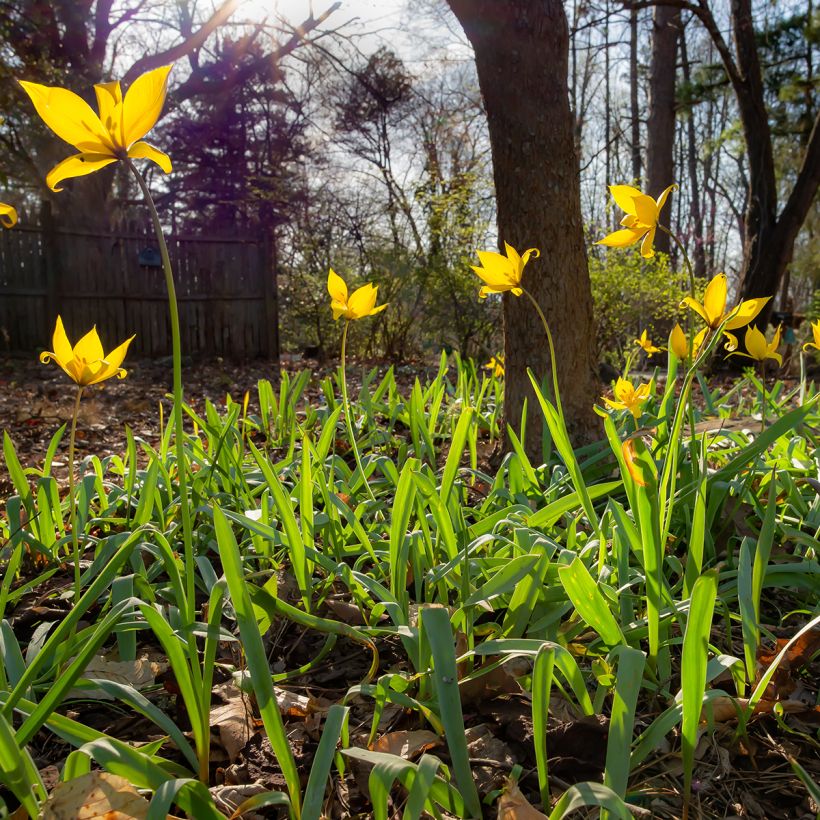

Plant habit
Flowering
Foliage
Botanical data
Tulipa
sylvestris
Liliaceae
Wild Tulip
Central Europe, Southern Europe, North Africa, West Asia
Planting and care
Plant your tulips as soon as possible in a sufficiently free-draining soil. Loosen the soil deeply. Plant at a depth of 8 cm (3in) (Bulbs should be covered with twice their height of soil). Space the bulbs a few cm apart, making sure they do not touch. Choose a sunny exposure for better flowering. After flowering, cut the flower stalks and let the leaves dry completely before cutting them.
Flowering Carpet Tip: You can create beautiful flower spaces around the house, in flower beds, around trees, or in wild areas. It is an economical and sustainable solution, provided you follow a few principles: 1) This is a planting to leave in place. 2) Choose the varieties carefully according to the specific planting area. 3) A period of rest is essential after flowering for the bulbs to regenerate. Let the foliage turn yellow and dry before cutting it. 4) Organic fertiliser should be spread once a year in autumn.
Planting period
Intended location
Care
Planting & care advice
-
, onOrder confirmed
Reply from on Promesse de fleurs
Similar products
Haven't found what you were looking for?
Hardiness is the lowest winter temperature a plant can endure without suffering serious damage or even dying. However, hardiness is affected by location (a sheltered area, such as a patio), protection (winter cover) and soil type (hardiness is improved by well-drained soil).

Photo Sharing Terms & Conditions
In order to encourage gardeners to interact and share their experiences, Promesse de fleurs offers various media enabling content to be uploaded onto its Site - in particular via the ‘Photo sharing’ module.
The User agrees to refrain from:
- Posting any content that is illegal, prejudicial, insulting, racist, inciteful to hatred, revisionist, contrary to public decency, that infringes on privacy or on the privacy rights of third parties, in particular the publicity rights of persons and goods, intellectual property rights, or the right to privacy.
- Submitting content on behalf of a third party;
- Impersonate the identity of a third party and/or publish any personal information about a third party;
In general, the User undertakes to refrain from any unethical behaviour.
All Content (in particular text, comments, files, images, photos, videos, creative works, etc.), which may be subject to property or intellectual property rights, image or other private rights, shall remain the property of the User, subject to the limited rights granted by the terms of the licence granted by Promesse de fleurs as stated below. Users are at liberty to publish or not to publish such Content on the Site, notably via the ‘Photo Sharing’ facility, and accept that this Content shall be made public and freely accessible, notably on the Internet.
Users further acknowledge, undertake to have ,and guarantee that they hold all necessary rights and permissions to publish such material on the Site, in particular with regard to the legislation in force pertaining to any privacy, property, intellectual property, image, or contractual rights, or rights of any other nature. By publishing such Content on the Site, Users acknowledge accepting full liability as publishers of the Content within the meaning of the law, and grant Promesse de fleurs, free of charge, an inclusive, worldwide licence for the said Content for the entire duration of its publication, including all reproduction, representation, up/downloading, displaying, performing, transmission, and storage rights.
Users also grant permission for their name to be linked to the Content and accept that this link may not always be made available.
By engaging in posting material, Users consent to their Content becoming automatically accessible on the Internet, in particular on other sites and/or blogs and/or web pages of the Promesse de fleurs site, including in particular social pages and the Promesse de fleurs catalogue.
Users may secure the removal of entrusted content free of charge by issuing a simple request via our contact form.
The flowering period indicated on our website applies to countries and regions located in USDA zone 8 (France, the United Kingdom, Ireland, the Netherlands, etc.)
It will vary according to where you live:
- In zones 9 to 10 (Italy, Spain, Greece, etc.), flowering will occur about 2 to 4 weeks earlier.
- In zones 6 to 7 (Germany, Poland, Slovenia, and lower mountainous regions), flowering will be delayed by 2 to 3 weeks.
- In zone 5 (Central Europe, Scandinavia), blooming will be delayed by 3 to 5 weeks.
In temperate climates, pruning of spring-flowering shrubs (forsythia, spireas, etc.) should be done just after flowering.
Pruning of summer-flowering shrubs (Indian Lilac, Perovskia, etc.) can be done in winter or spring.
In cold regions as well as with frost-sensitive plants, avoid pruning too early when severe frosts may still occur.
The planting period indicated on our website applies to countries and regions located in USDA zone 8 (France, United Kingdom, Ireland, Netherlands).
It will vary according to where you live:
- In Mediterranean zones (Marseille, Madrid, Milan, etc.), autumn and winter are the best planting periods.
- In continental zones (Strasbourg, Munich, Vienna, etc.), delay planting by 2 to 3 weeks in spring and bring it forward by 2 to 4 weeks in autumn.
- In mountainous regions (the Alps, Pyrenees, Carpathians, etc.), it is best to plant in late spring (May-June) or late summer (August-September).
The harvesting period indicated on our website applies to countries and regions in USDA zone 8 (France, England, Ireland, the Netherlands).
In colder areas (Scandinavia, Poland, Austria...) fruit and vegetable harvests are likely to be delayed by 3-4 weeks.
In warmer areas (Italy, Spain, Greece, etc.), harvesting will probably take place earlier, depending on weather conditions.
The sowing periods indicated on our website apply to countries and regions within USDA Zone 8 (France, UK, Ireland, Netherlands).
In colder areas (Scandinavia, Poland, Austria...), delay any outdoor sowing by 3-4 weeks, or sow under glass.
In warmer climes (Italy, Spain, Greece, etc.), bring outdoor sowing forward by a few weeks.































